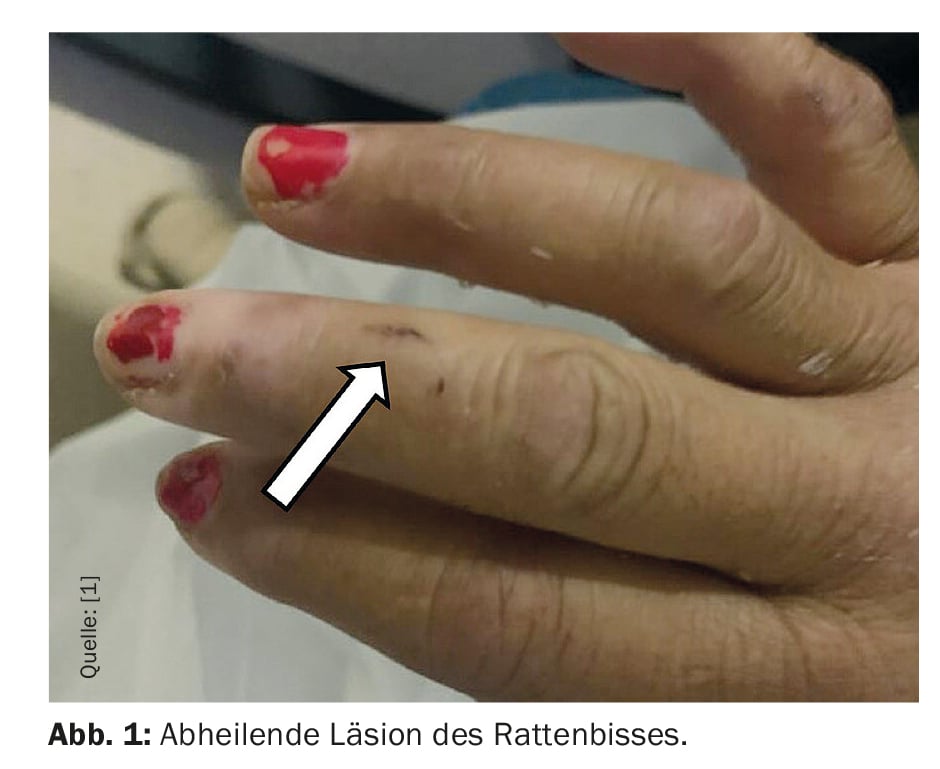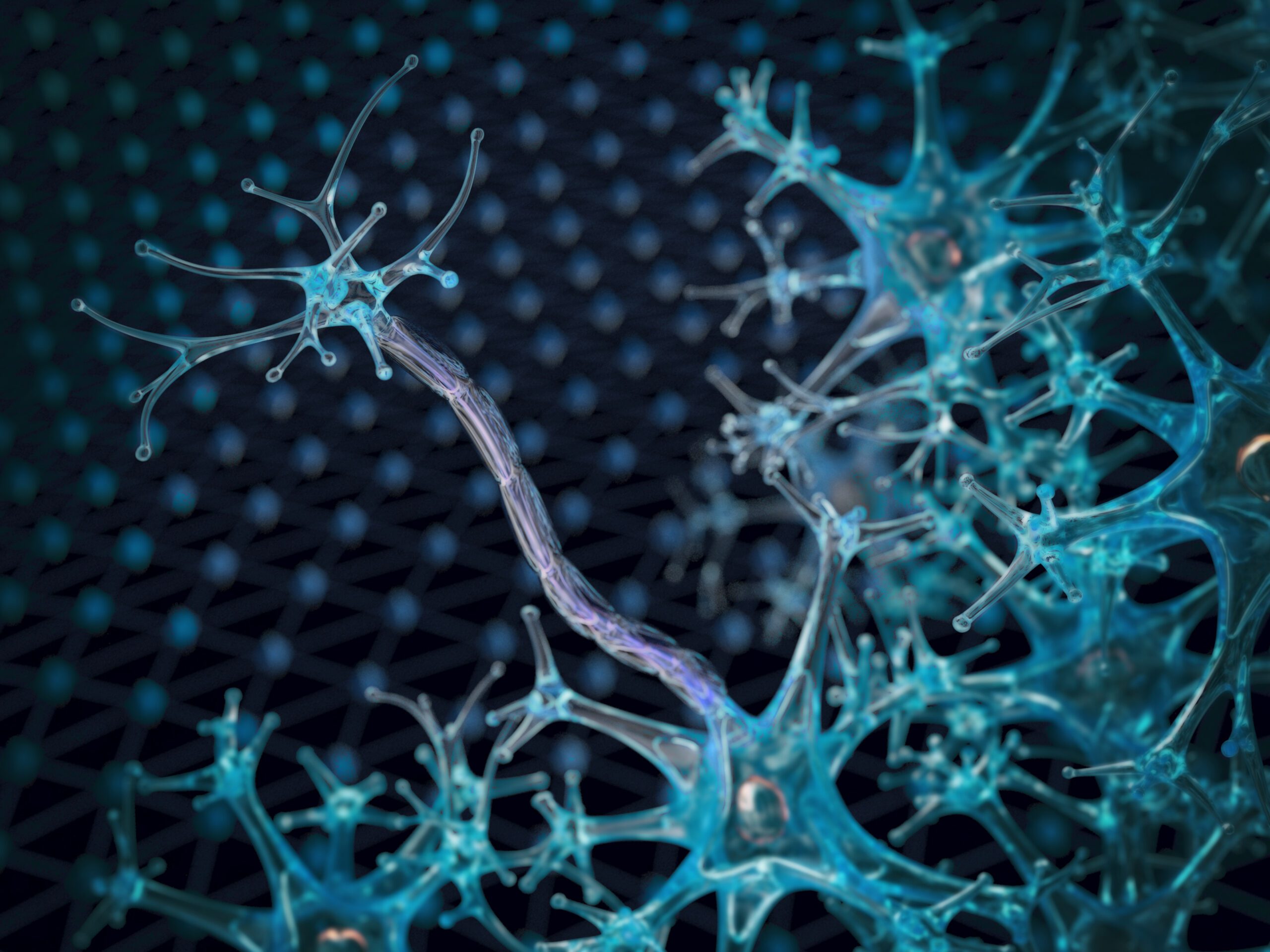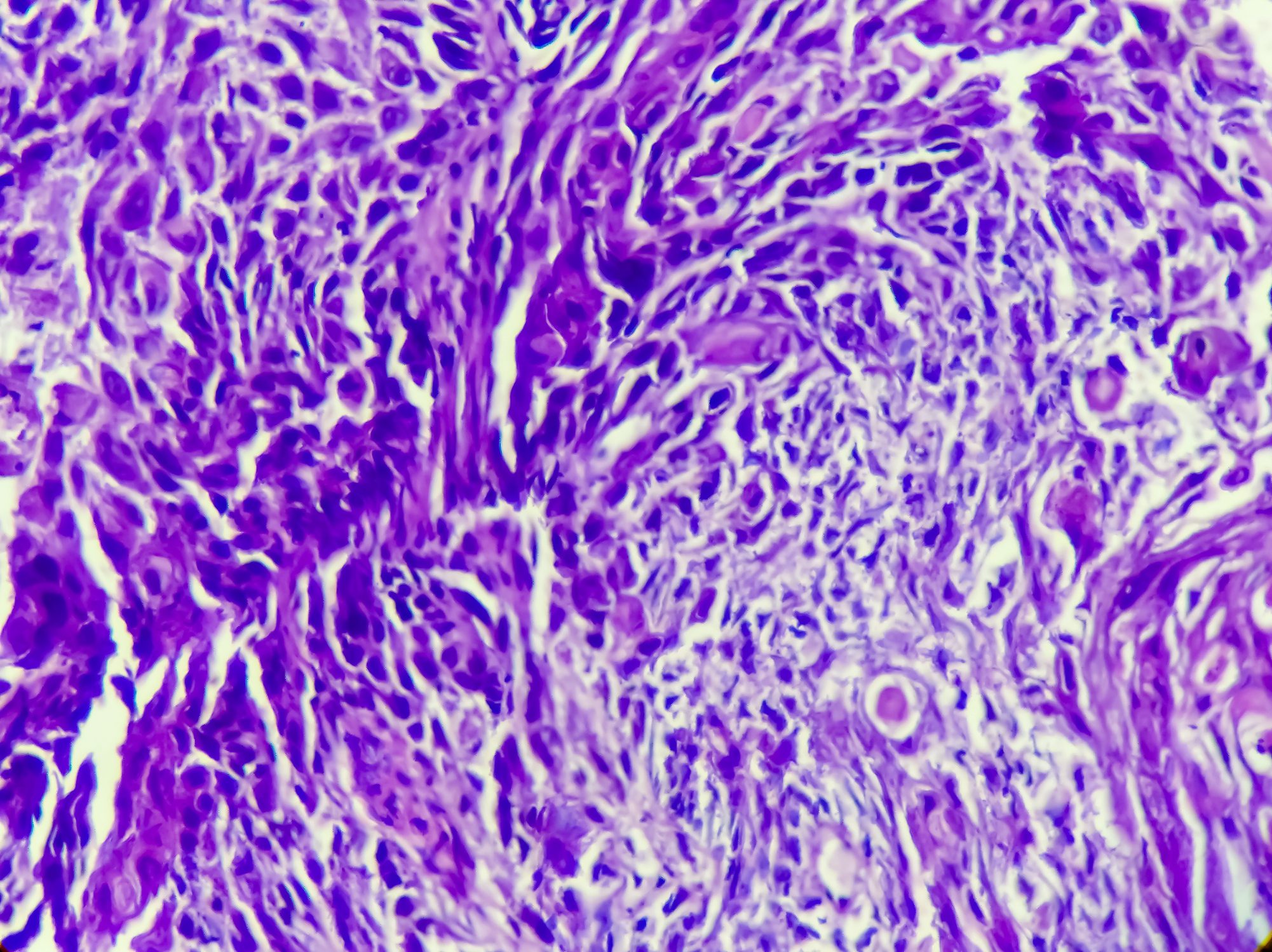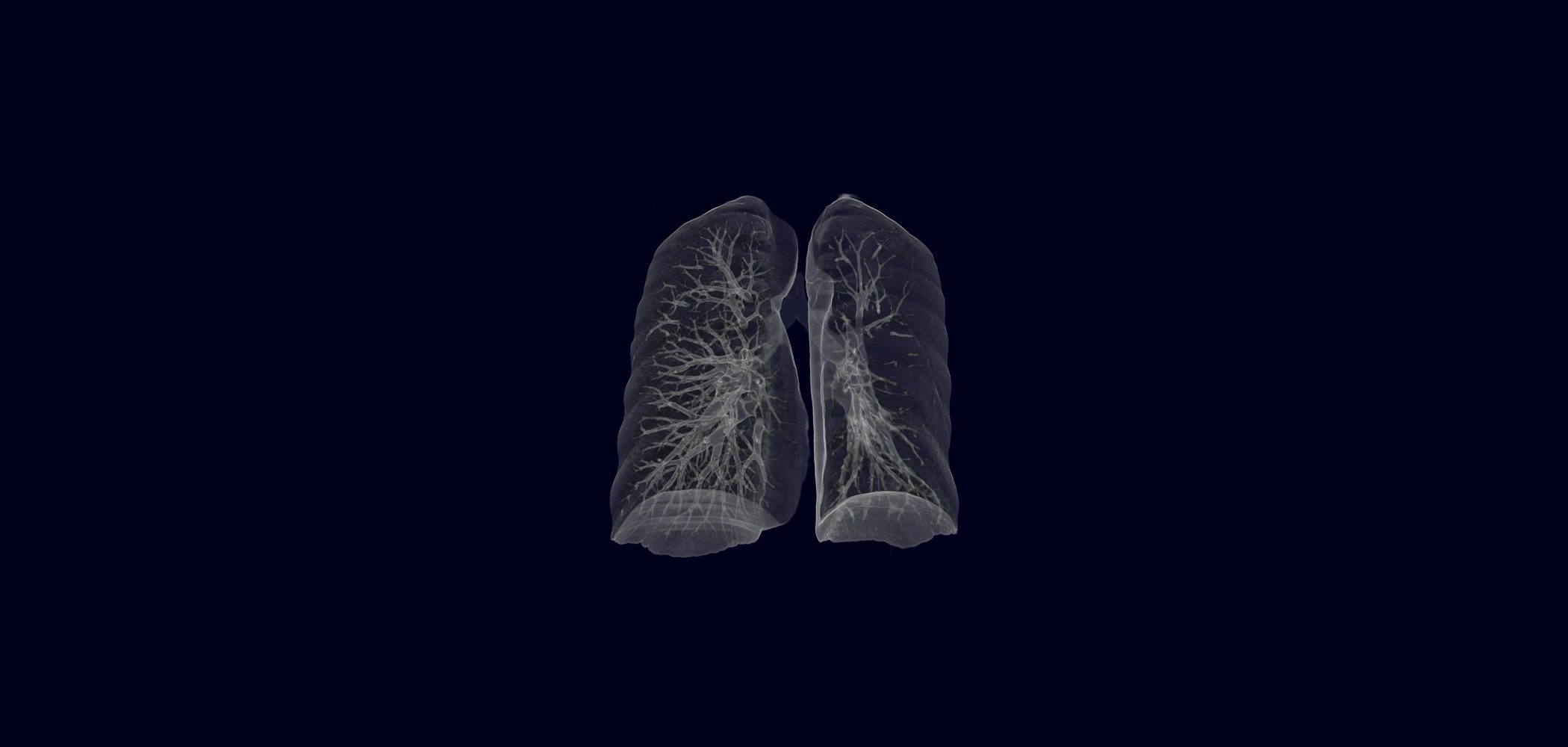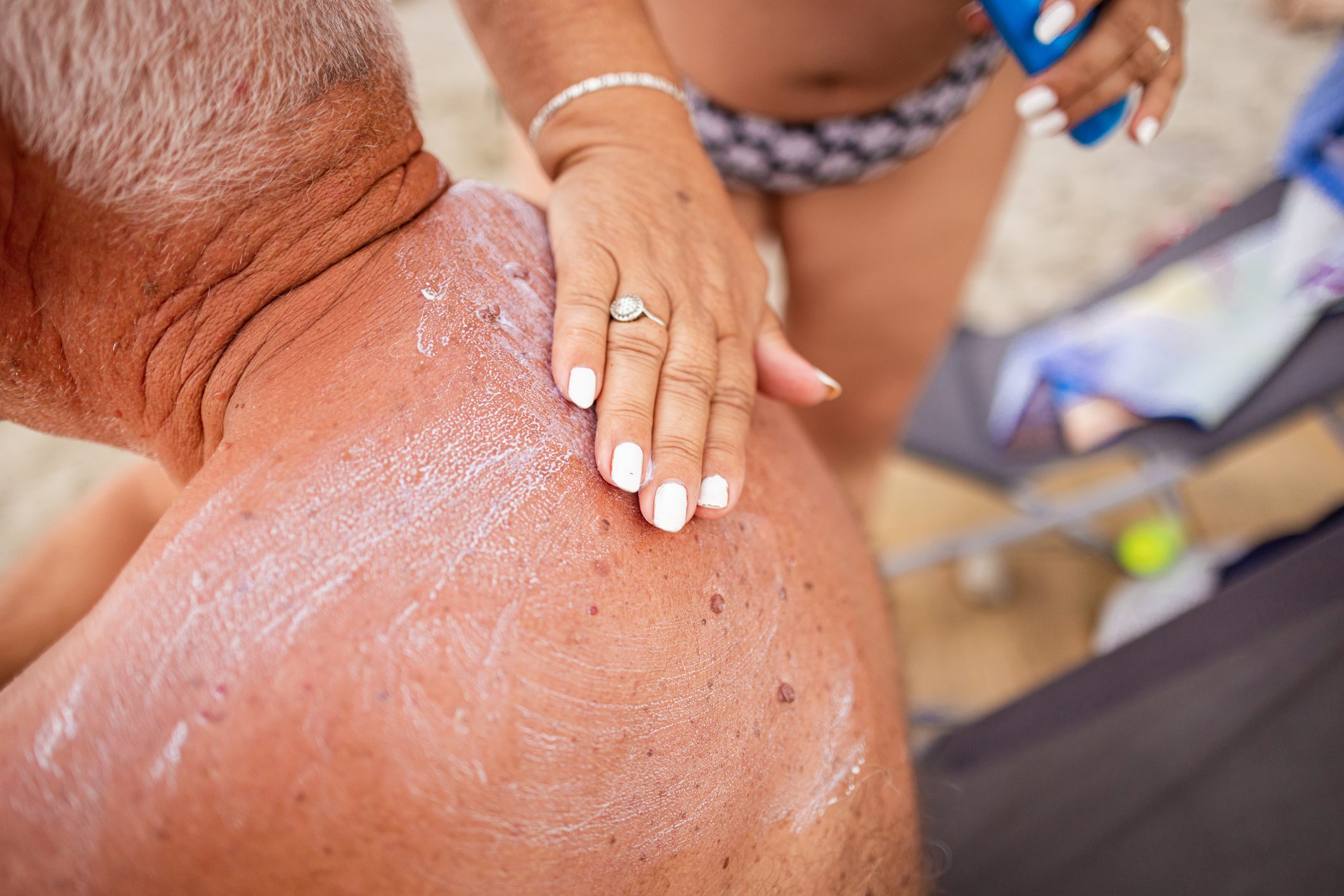Infection with S. moniliformis is a rare cause of acute polyarthritis and it requires a high level of clinical suspicion to make the diagnosis. The assessment of exposure to animals is crucial. In one case from the USA, the bite of a pet rat led to the disease, but there was a delay in diagnosis as the patient was initially thought to have other causes of acute arthritis.
Without clinical suspicion, the diagnosis of “rat bite fever” can be difficult, as the bacterium Streptobacillus moniliformis is difficult to cultivate (box). An early clinical diagnosis is necessary in order to initiate antibiotic therapy. Delays in diagnosis can lead to inadequate treatment, and untreated rat bite fever can lead to a mortality rate of 7% to 13%.
| Streptobacillus moniliformis S. moniliformis is a non-motile, filamentous, non-acid-fast, pleomorphic Gram-negative rod that grows in chains or loose clumps. The pathogen is difficult to cultivate in the laboratory and prefers to grow under microaerophilic conditions with specific agar properties. Even on the ideal agar of trypticase soy agar or broth enriched with 20% blood, serum or ascites fluid, the bacterium can take up to 7 days to grow. In addition, S. moniliformis does not grow in the presence of sodium polyanetholsulfonate, an anticoagulant added to most aerobic blood culture bottles. Therefore, identification is often carried out in anaerobic culture bottles that do not contain sodium polyanetholsulfonate. In the past, the diagnosis of the growth of the organism was based on specific biochemical and carbohydrate fermentation profiles. However, polymerase chain reactions and enzymatic immunoassays have proven successful in several studies, write Dr. Jones et al. In this case, the diagnosis was confirmed by polymerase chain reaction after growth in an anaerobic synovial fluid culture. |
A 59-year-old woman presented to the team of Dr. Michael K. Jones, Department of Internal Medicine, University of Colorado School of Medicine, Aurora, USA, with a week of increasing pain and swelling in multiple joints and difficulty walking [1]. She reported occasional fever and chills, but no other symptoms. She had a history of autoimmune hepatitis and vitiligo, but no history of autoimmune arthritis or crystalline arthropathy and she was not immunocompromised. She reported no sexual activity, had no sexually transmitted infections and had not recently traveled or been in contact with sick people.
On admission, the patient’s vital signs were within the normal range. The physical examination revealed edema, tenderness and limited mobility in the hands, knees, left shoulder and right wrist. The initial laboratory tests revealed a normal leukocyte count, a normal metabolic panel, but an elevated C-reactive protein (171 mg/l) and an increased erythrocyte sedimentation rate (110 mm/h). On the first hospital day, an arthrocentesis of the left knee was performed, which revealed inflammatory arthritis (leukocytes 12 700/mm3), with no microscopic evidence of organisms or crystals, the authors write.
S. moniliformis only detected on day 8
As autoimmune arthritis was suspected, the team administered high doses of prednisone while further tests were carried out. With the exception of a positive antinuclear antibody, all autoimmune laboratory tests were negative, as were the urine tests. Despite prednisone, the patient showed no signs of clinical improvement. Finally, on the 8th hospital day, the gram-negative bacterium S. moniliformis was detected in the first anaerobic synovial fluid culture.
Asked about pets after this result, the patient told the doctors that she had been bitten on the finger by one of her four pet rats three days before the first symptoms appeared. Showing the healing wound (Fig. 1) , she added that it was a “very, very mean rat”, the authors explain. The steroids were then discontinued and intravenous ceftriaxone was administered. The orthopaedic surgery team examined the patient and performed an incision and drainage on both knees and the left wrist due to the persistent pain and oedema. Over the next week, her symptoms slowly improved and all subsequent cultures remained negative. After completing 4 weeks of antibiotic therapy and her symptoms had largely improved, the woman was discharged home.
Be careful when handling rodents!
Rat-bite fever usually manifests as migratory polyarthritis and recurrent fever with rigors. It is noteworthy that the bite wounds often heal quickly and do not cause local edema, erythema or regional lymphadenopathy.
The patient’s medical history and appearance initially led the doctors to suspect autoimmune arthritis. Given her history of autoimmune disease, inflammatory synovial fluid, multiple joint involvement, subacute onset and elevated inflammatory markers, this was suspected in the differential diagnosis (bacterial pathogens such as S. aureus, streptococci, disseminated Neisseria gonorrhoeae, mycobacteria, Pseudomonas aeruginosa as well as fungal and viral pathogens such as parvovirus B19, hepatitis B and C, HIV, Epstein-Barr virus). Since the leukocyte count was normal at presentation, there were no systemic symptoms and the patient had not been ill recently, an infection seemed less likely.
The clinical presentation after infection with S. moniliformis varies, but the most common syndrome is rat-bite fever. The bacterium can be transmitted through contact with animals or through contact with rodent urine, excrement or saliva. No exposure is known in about 30% of infections. After transmission, symptoms appear in 3 to 21 days, but usually within ten days.
If left untreated, rat bite fever can lead to fatal complications such as endocarditis, sepsis, pericardial effusion, pneumonia and pneumonitis. Complications, including endocarditis, are more likely to have positive blood cultures, although there is no obvious pattern associated with positive or negative blood cultures.
Delay in diagnosis can lead to incorrect therapy
The preferred treatment for rat bite fever is intravenous penicillin for at least seven days, but cephalosporins, aminoglycosides and tetracyclines are also effective. In this patient, the duration depended on the clinical response, as she was initially treated conservatively with intravenous ceftriaxone.
Infections with S. moniliformis are extremely rare, but the number of cases is probably underestimated. In order to make a diagnosis, the patient’s occupation, living conditions and contact with animals must be investigated. Delays in diagnosis can lead to inappropriate treatment, morbidity and mortality. Patients with a weakened immune system have a higher risk of contracting diseases from animals, including pets. If other causes of polyarthritis are a possibility, such as autoimmune arthritis, a detailed social and exposure history can help the physician quickly narrow or expand the differential diagnosis, Dr. Jones and colleagues summarize. On discharge, the doctors advised their patient to avoid contact with reptiles, poultry, rodents (including hamsters, guinea pigs, rats, mice) and exotic pets such as monkeys wherever possible, or to take preventive measures (washing hands after contact with rats, washing bite and scratch wounds with soap and water and monitoring for infectious symptoms).
Literature:
- Jones MK, Pedraza LC, Mann SC: Acute Polyarthritis With a Finger Wound: Rat Bite Fever From Streptobacillus moniliformis. AIM Clinical Cases 2023; 2: e230198; doi: 10.7326/aimcc.2023.0198.
InFo RHEUMATOLOGY 2023: 5(2): 38-39



